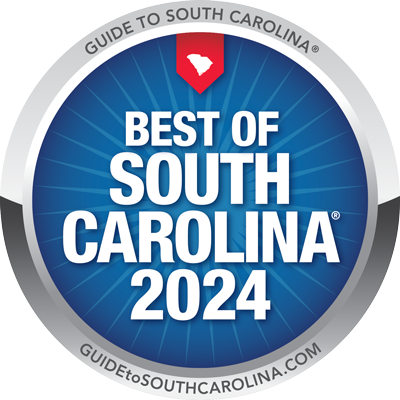The world of marketing has expanded drastically over the past 10 years. When you used to think of marketing, you probably imagined a scene from Mad Men, where Don Draper is scheming up magazine ads and TV commercials for large companies. But in today’s world, the addition of digital marketing channels has expanded our ability to reach consumers on multiple levels. Here at Kester Search Group, we have seen a dramatic increase in the hiring of Digital Marketing Managers, with companies even being open to remote hires to ensure they are bringing in the best talent in this fast-growing field.
However, having both traditional and digital marketing is very important for a company, as both channels are highly effective. So, how do you decide what strategy is best for your product or service?
First, let’s start by defining traditional and digital marketing: Traditional marketing is comprised of print ads, TV, radio, outdoor, direct mail, texting, events, and logo-d items. Digital marketing refers to marketing done on any digital channel. This includes social media, website, SEO, content marketing, and email marketing. Traditional marketing usually requires higher costs and is more labor-intensive, but for the right audience, it can leave a more lasting impression, and create an emotional connection for the consumer. Digital tends to be easier to produce and easier to track the results, but you must make sure you are utilizing it for an audience that is likely to see it.
So how do you decide which form of marketing is best for you?
1. Define Your Audience
Simply put, you want to market where your consumers spend their time. Are your consumers more tech savvy, mobile-driven individuals? If so, digital ads give you the most bang for your buck. Is your product or service more geared to older individuals who are less likely to be glued to their phones? If so, catch their attention with more traditional tactics, such as mailers, signage, or tv and radio spots.
For your more tech-savvy consumers, digital marketing can be the most direct and effective way to market your product. These usually younger individuals, are very digitally driven, living on their smartphones and computers, and really valuing the “mobile-friendly” world that we live in. Digital marketing also allows the opportunity for these consumers to interact with your brand, sharing, likings and reposting, leading to additional organic promotion of your message.
For your consumers who are looking for more of an emotional connection incorporated into their non-mobile lives, traditional tactics such as print ads and signage can be more fruitful. These individuals tend to value an emotional connection with a brand when it is incorporated in their daily life.
2. Consider your budget
Budget is the next most important item when planning your strategy. Traditional marketing tends to be more expensive and labor intensive than digital marketing. However, that is not to say that it isn’t worth the investment. If your consumer base responds better to traditional tactics, then allot the majority of your budget to this. You can always add in organic digital posts, for little to no costs, but giving the consumer the opportunity to have the best interaction with your brand is most important.
Need to market on a national or international level? Digital marketing can be a more cost-efficient way to engage consumers on this widespread level. To have a more expanded reach on a tighter budget, consider SEO, social ads, or email campaigns.
3. Mix it Up
Don’t be afraid of mix-medium marketing! The best marketing strategies incorporate a mix of both digital and traditional marketing. We have all heard the saying, “Don’t put all your eggs in one basket,” and that holds true for marketing. By mixing digital ads with more traditional tactics, you are hitting your consumers from different angles, and at different times, keeping your brand top of mind during different times of their day.
This is also a great way to test different marketing strategies. By exploring different channels, you can track ROI and pivot your plan based on what seems to be working best for your consumer base.
When building your strategy, don’t let the many channels of marketing overwhelm you. Let it excite you! You have so many opportunities to connect with your consumer base. Let these three factors be guiderails, so that you can make the biggest impact on your consumers.




